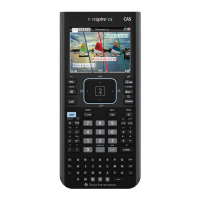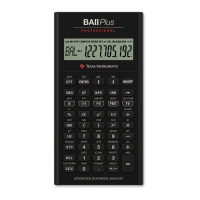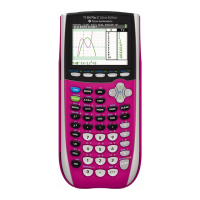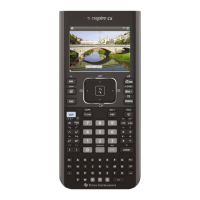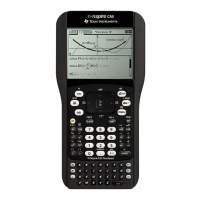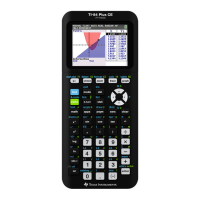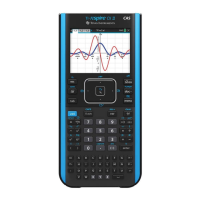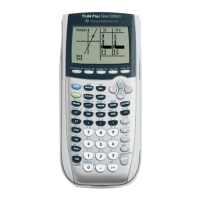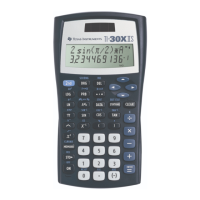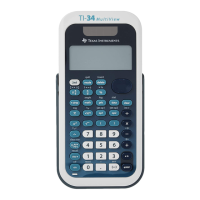CBLé System Guidebook 9
Special CBL Features
Automatic Probe Identification
The CBL has a feature called Automatic Probe Identification
(
AutoIDENT
). This lets the CBL automatically identify specific probes
connected to the CBL.
When you connect any of the provided TI probes to a CBL channel, the
AutoIDENT
feature does the following:
¦ It detects the probe and turns on the indicator for that channel in the
CBL display.
¦ It determines what kind of data is going to be measured.
¦ It loads an equation for converting the data into the appropriate
measurement unit.
Conversion Equations and Post-Processing
Conversion Equations: The three analog channels and the ultrasonic
channel each have an associated conversion equation. These equations
convert the physical unit measured by the CBL into a more useful
measurement unit.
For example, a thermistor is an electronic component whose resistance
changes with temperature. The CBL can measure only the resistance of
the thermistor. But an appropriate conversion equation can transform
the measured resistance value into a temperature value. The data
displayed on the CBL and retrieved by the calculator will then be in
temperature units.
Post-Processing: The CBL can perform certain calculations on
collected data when requested. These calculations are referred to as
post-processing (processing performed after data is collected).
The CBL supports three types of post-processing calculations: first
derivative, first and second derivatives, and statistics. For example, if
first and second derivative post-processing is selected, the first and
second derivatives of the collected data are computed and stored in the
CBL.
If statistics is selected, the mean, standard deviation, minimum, and
maximum values for the collected data are computed and stored in the
CBL. This computed data can then be retrieved into the calculator in the
same manner as the collected data.
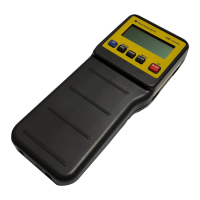
